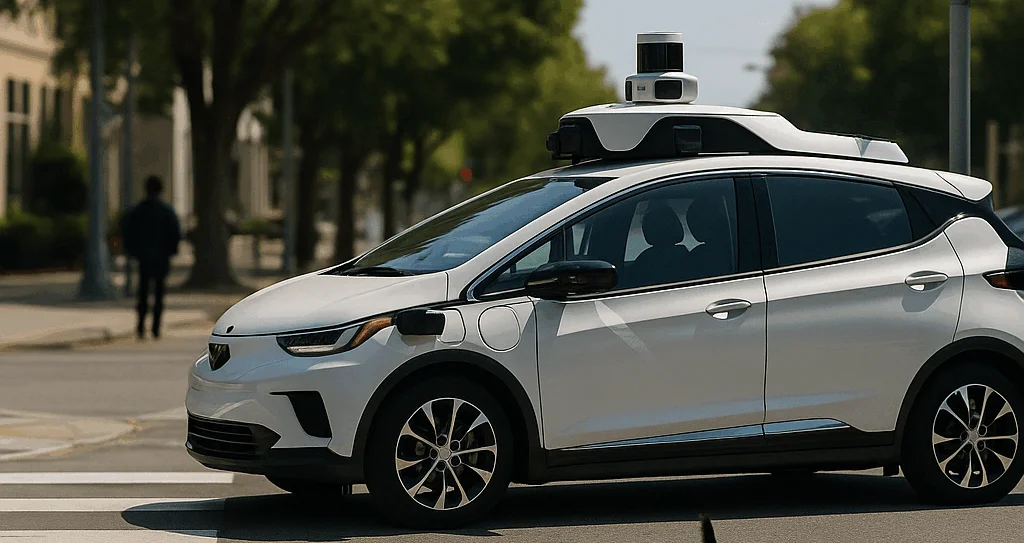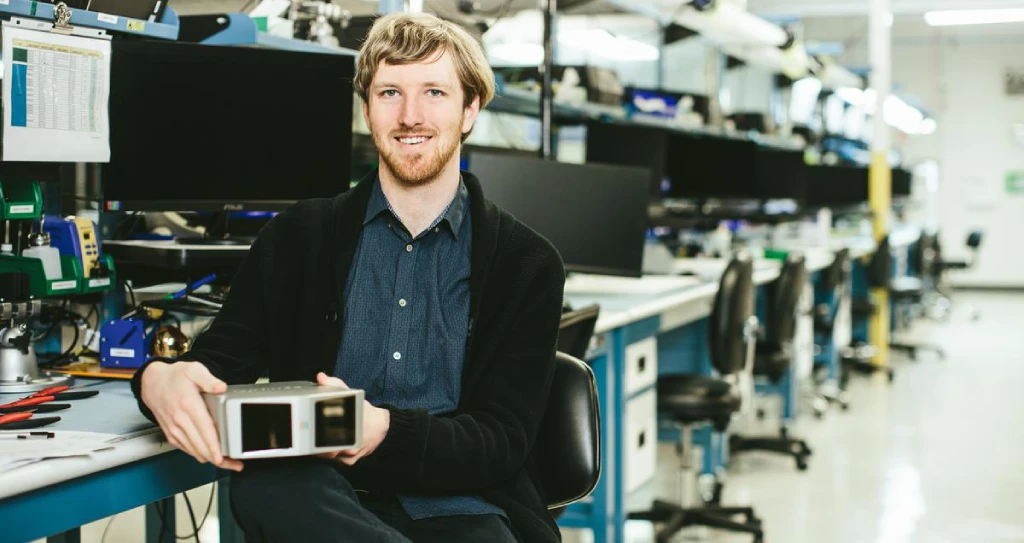Anyone who read business tech news seven or eight years ago may have heard the term “the race to produce autonomous vehicles.” During my private meetings with startup founders and firm executives, they occasionally described the commercialization of autonomous car technology as “a race.” During that period, the phrase permeated reportage, including several of my pieces.
We now know that this is not so much a race as it is a lengthy, winding, and broken route, more akin to the fan of an alluvial plain than a racetrack, to develop and demonstrate the technology’s viability and turn it into a lucrative enterprise. It is more of an internal struggle with existential stakes than a race against other people.
However, that does not mean that there are not actual conflicts among individuals developing the technology, particularly in the case of robotaxis. One sign that many might cite is the number of cities in which a company has debuted. Although useful, I think it is a little too ambiguous and susceptible to manipulation.
Airports and public transportation are two recent news stories that made me consider more specialized and limited battlegrounds inside cities.
The success of ridehailing businesses depended heavily on airports.Robotics is no exception.Waymo now provides transportation to and from Phoenix’s Sky Harbor Airport. It is obviously trying to unlock more.
Before launching a commercial service, Waymo was given permission this week to begin testing its driverless cars at San Francisco International Airport. Tesla is attempting to push its way into providing ride-hail service to these airports, and this comes just two weeks after Waymo was given the all-clear to begin testing at nearby San Jose Mineta International Airport.
In the meanwhile, a partnership between Waymo and the transit software provider Via may have significant ramifications for urban areas.Waymo’s robotaxis will be able to be seamlessly integrated into public transportation networks operated by government organizations that utilize Via’s software. With its Chandler Flex fleet of shared, on-demand cars, the first city will be Chandler, a suburb of Phoenix.
Although it might not be Waymo’s cash cow in the near future, this is significant in terms of reach. According to a Waymo representative, users may be able to schedule a trip with Waymo in situations where a conventional Chandler Flex vehicle is not accessible. If someone decides to use Waymo, Chandler Flex will point them to the Waymo app so they may request a completely driverless ride for $2 or less. It is difficult to imagine how this will turn a profit for Waymo at such a low pricing.
Still, it’s an important volume play. And Via CEO Daniel Ramot indicated in one interview that he hopes this spreads to hundreds of cities.





Leave feedback about this